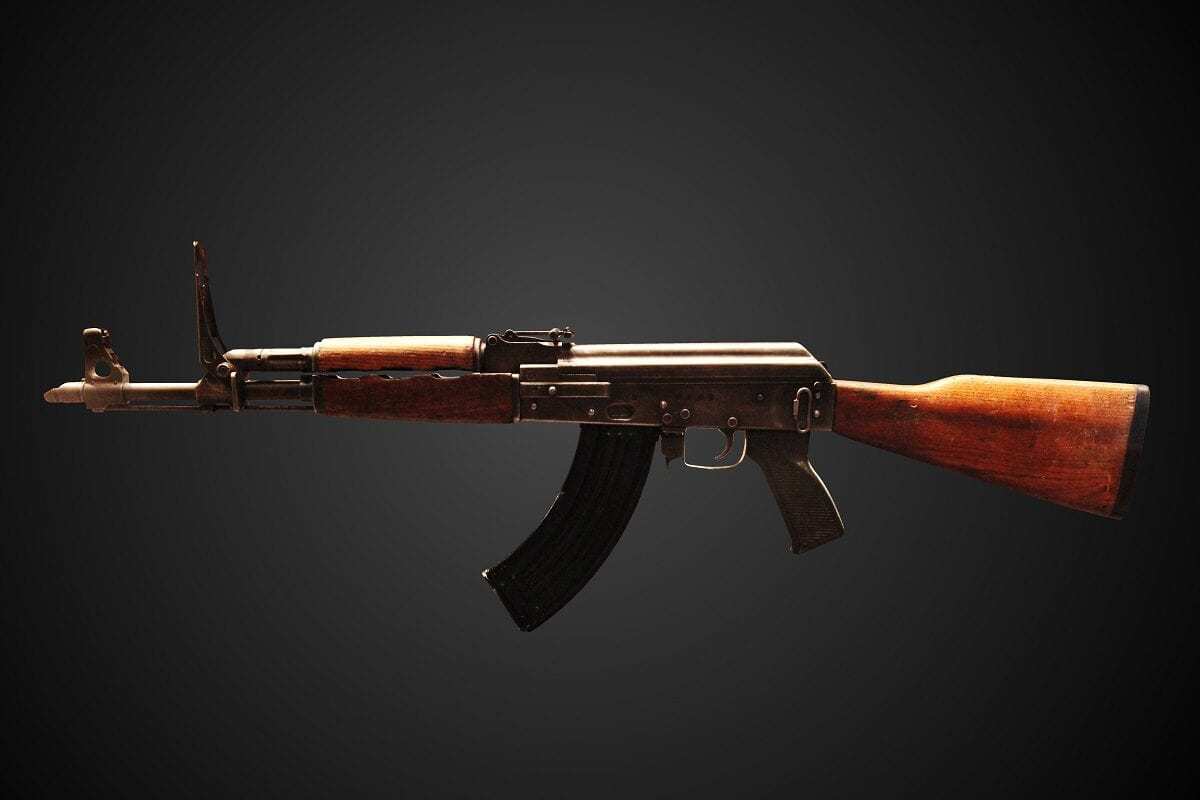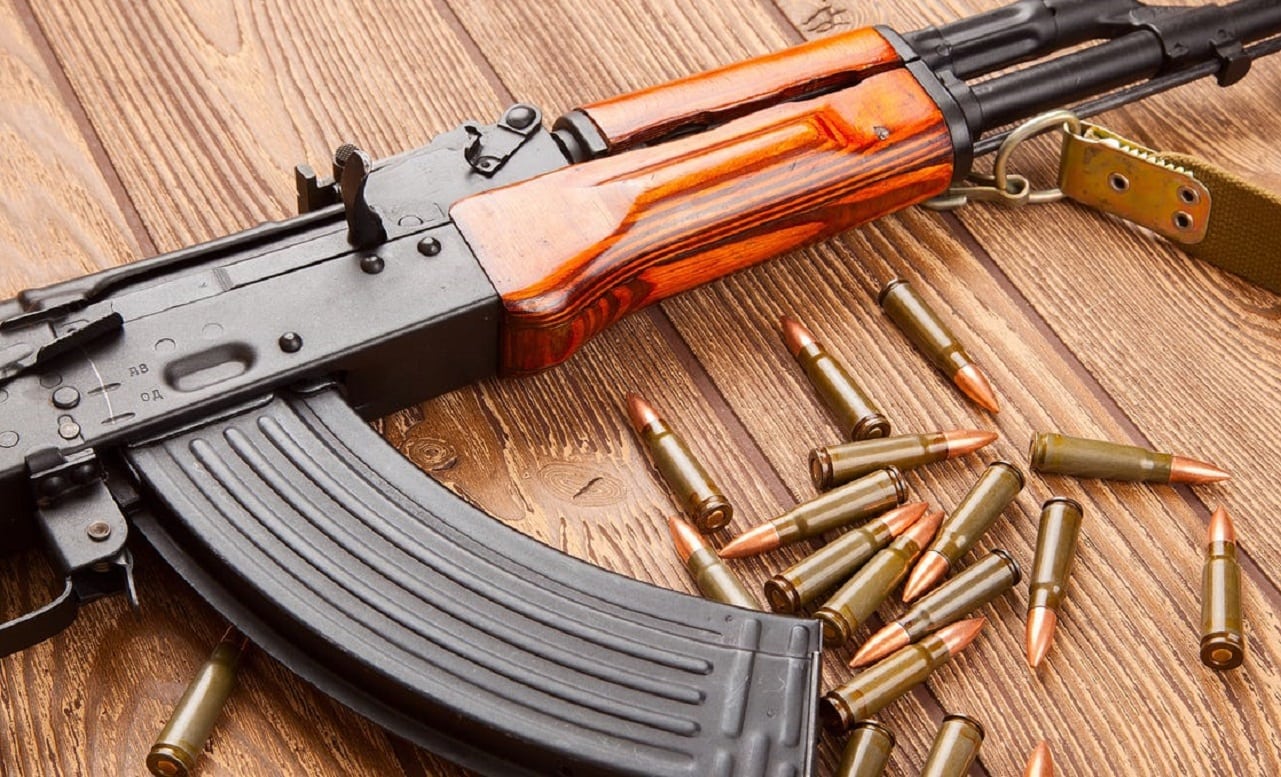This year a new Russian film was made about Russian small arms designer Mikhail Kalashnikov and his efforts to develop the AK-47 or “automatic Kalashnikov.” While the film is a decent drama, it didn’t tell the whole story. There are plenty of facts that even gun aficionados don’t know about the most widely used firearm of all time.
Current estimates are that somewhere between 75 and 100 million AK-47s in all variants have been produced – that’s enough for one in every 70 people on earth to have one of these iconic firearms. Currently, it is impossible to import a Russian-made firearm into the United States, but Kalashnikov USA – which has no direct connections to its Russian counterpart – offers a variety of civilian-friendly models, including its KR103. Additionally, as of 2007, Romanian-made AK-47 clones made their debut on the U.S. market.
When those were first introduced, the semi-automatic civilian models could be found for as little as $399. How the times have changed, today, the basic models are now fetching $1,299 and up. That’s certainly outpaced the annual price increases – even this year’s near-record inflation.
However, in some parts of Africa and the Middle East, AK-47s – some of which have seen a bit of use and possibly abuse – can be purchased for as little as $10. Of course, those are the military-only versions, and can’t be legally imported or owned in the United States.
While it is possible to own a select-fire AK-47, with fully automatic capabilities, per the National Firearms Act of 1934 and the Firearms Owners Protection Act of 1986, it would generally have to be made before May 19, 1986. Any would-be buyer would have to undergo a substantial background check – and live in one of 37 states that allow residents to own NFA items. This includes paying a $200 fee for the transfer stamp, and then waiting up to a year, and having somewhere between $15,000 and $20,000 to actually pay for it.
AK47s are among the more popular collectible automatic weapons, and despite being among the most prolific firearms ever produced, none had been “imported” to the United States – so the only ones here would have been Vietnam War or other military bring backs.
Another common misconception is exactly what defines an “AK-47” – as it has become a rather generic term for a class of firearms. Technically the only true AK47 would be among the first models produced, which featured a receiver machined from a solid block of steel. The production was slow and tedious, and the weapon was far too heavy. This resulted in the “modernized” AK47, known as the AKM.
In fact, most AK-47s are technically AKMs, which feature stamped sheet metal receivers. It was lighter and cost less to produce. It is easy to tell the two apart as the AKM featured a muzzle brake, which wasn’t present with the original AK47.
Throughout much of the Cold War, the AK-47/AKM was so hard to acquire in the west that most films made about the Soviet Union didn’t actually feature real Soviet-made versions. Most seen in movies from the late 1970s to the 1990s were actually Chinese copies!
In fact, the firearm that first entered service in 1948 wasn’t even seen in a western-made movie until 1977’s Israeli-made Operation Thunderbolt, while Kirk Douglas has the distinction of being the first mainstream Hollywood actor to appear with one in the film The Fury from 1978.

AK-47 on display at the Parachute Regiment and Airborne Forces Museum.

Ethiopian soldier aiming with an AK-47.
Peter Suciu is a defense and national security expert for many outlets across America. He is a Contributing Writer for Forbes Magazine.

